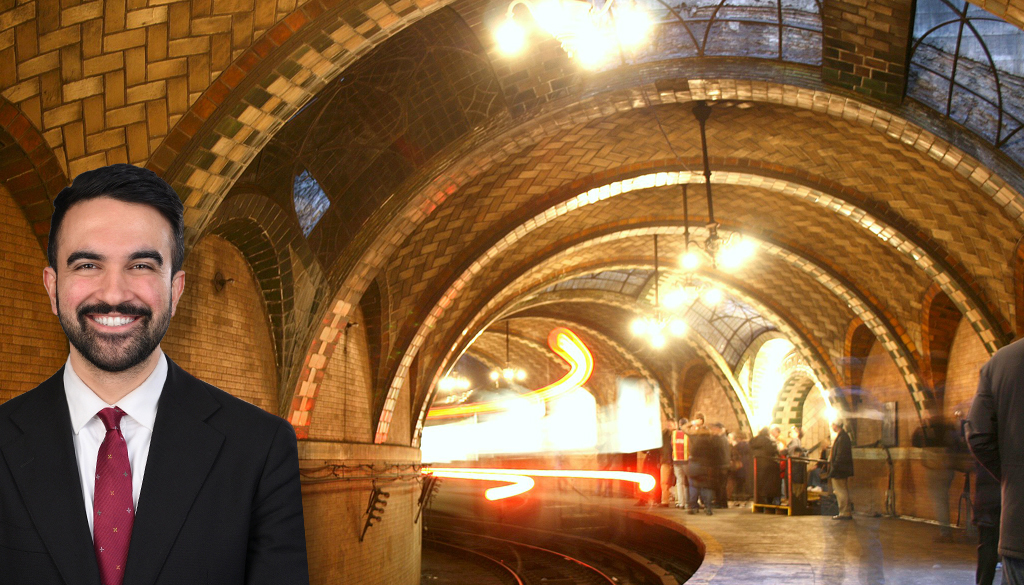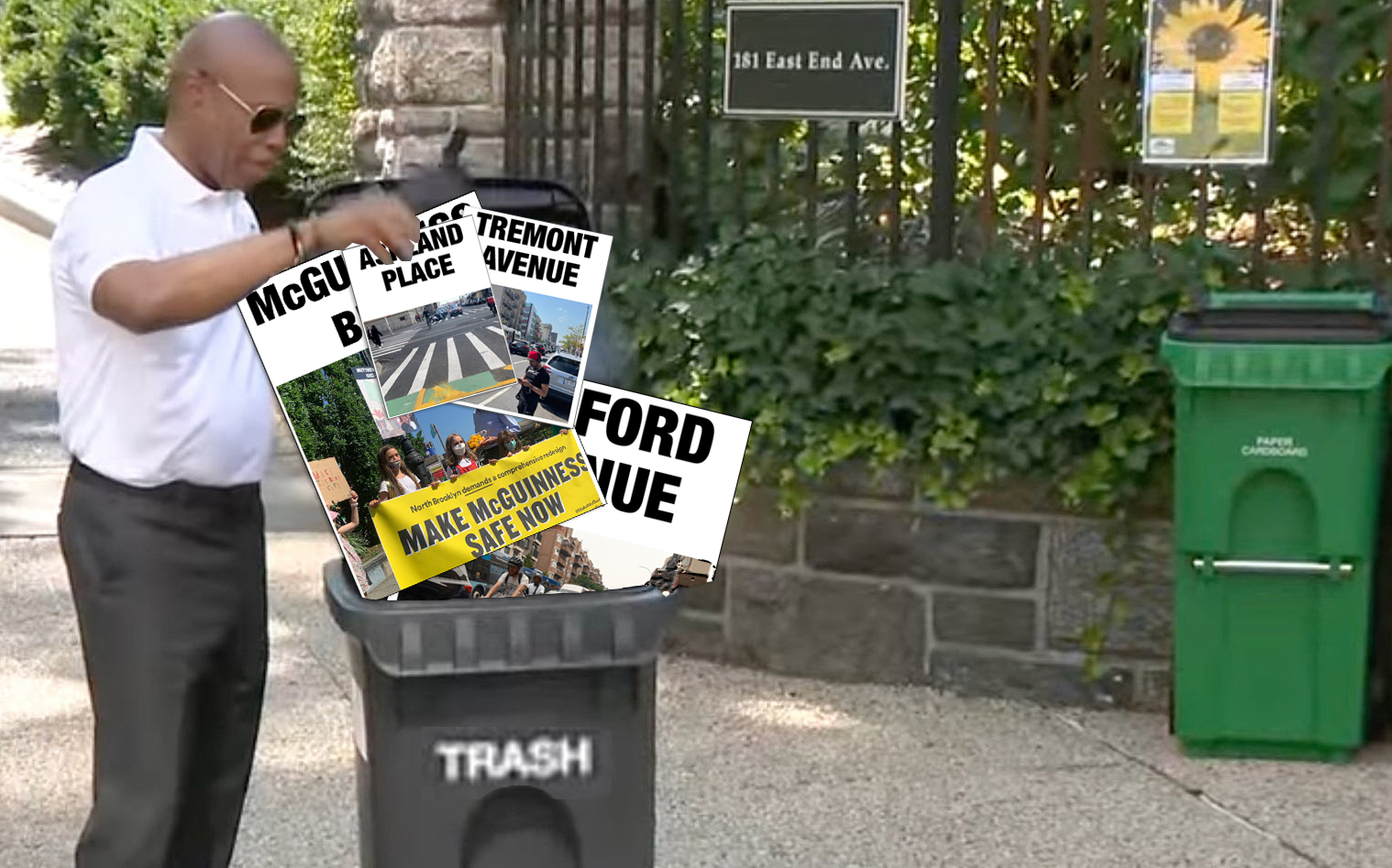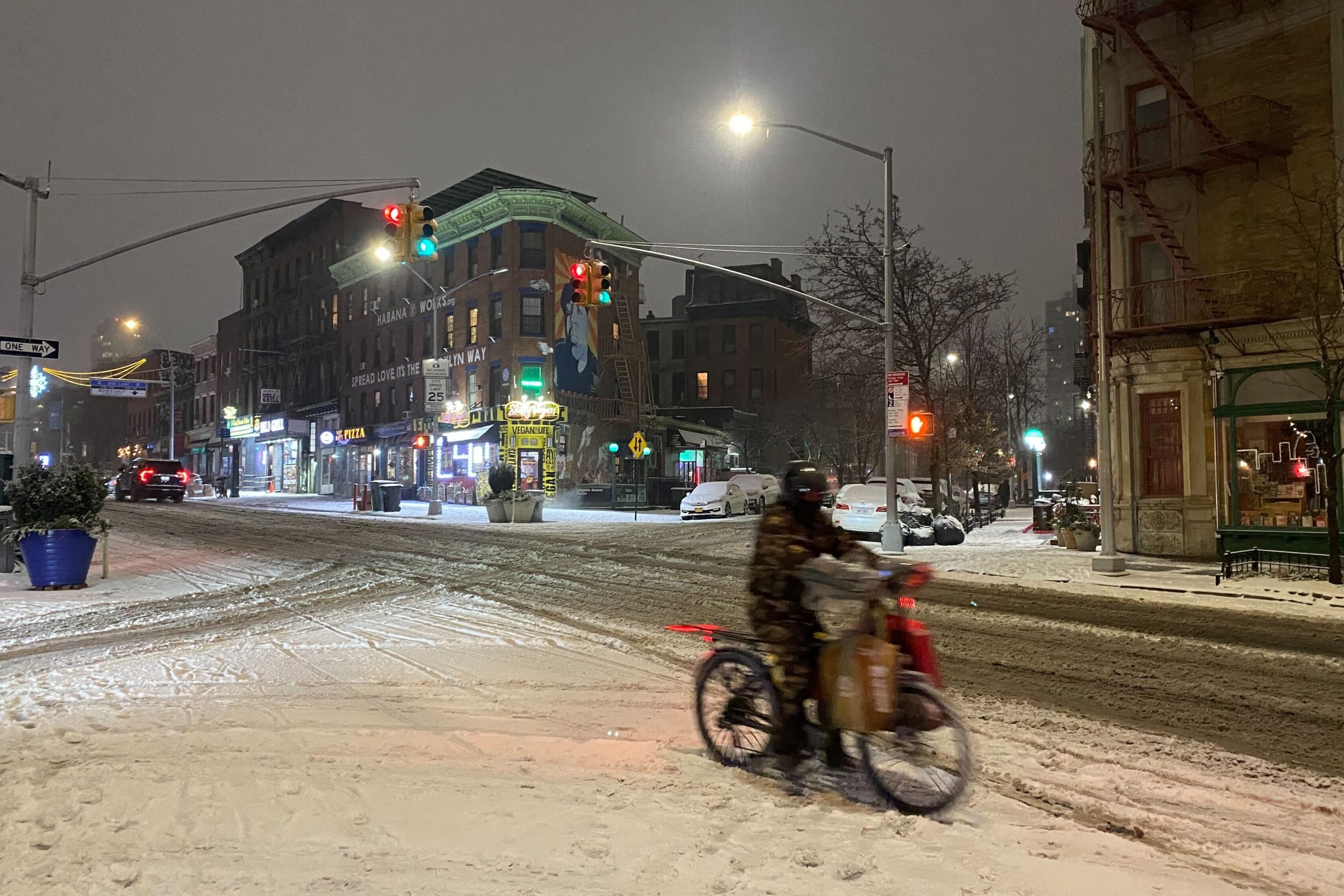This week, complete streets advocates came together in Washington, DC, to celebrate the passage of the 500th complete streets policy. That happened in Memphis more than seven months ago, but perhaps the delay in marking the occasion was fortuitous: There are now at least 25 more policies to celebrate.
Each of these policies is really just the beginning of a process of making change in how streets are designed. Those policies need to be implemented, and the idea of accommodating all street users -- cyclists, transit riders, pedestrians, people in wheelchairs, children -- needs to become second nature to city planners and engineers. Still, the beginning of 525 processes signals a true shift away from road design that’s exclusively for automobiles.
Complete streets policies have passed in 29 states (including the District of Columbia and Puerto Rico), 45 metropolitan planning organizations, 39 counties and 412 cities. That’s pretty good for a movement that started off eight years ago with a goal of policies in five states and 25 communities. Back then, the rallying cry was for “routine accommodation” of multiple transportation modes. Most people can agree that “complete streets” rolls off the tongue a little better.
Kyle Wagenschutz, Memphis' bike-ped coordinator, can testify to the power of designing streets for everyone, even people who aren’t in cars. Broad Avenue in Memphis underwent a transformation in 2010 that was supposed to be temporary -- a pop-up neighborhood revitalization under the banner “A New Face for an Old Broad” -- but the street calming, bike lanes, public street furniture and sidewalk vendors were too good to take down. Since then, 25 new businesses have opened there and Broad Avenue has become one of the city’s most vibrant commercial areas.
That happened before the complete streets policy passed. It helped prove to the city the power of street design that encourages people to get out of their cars and bring a street back to life.






